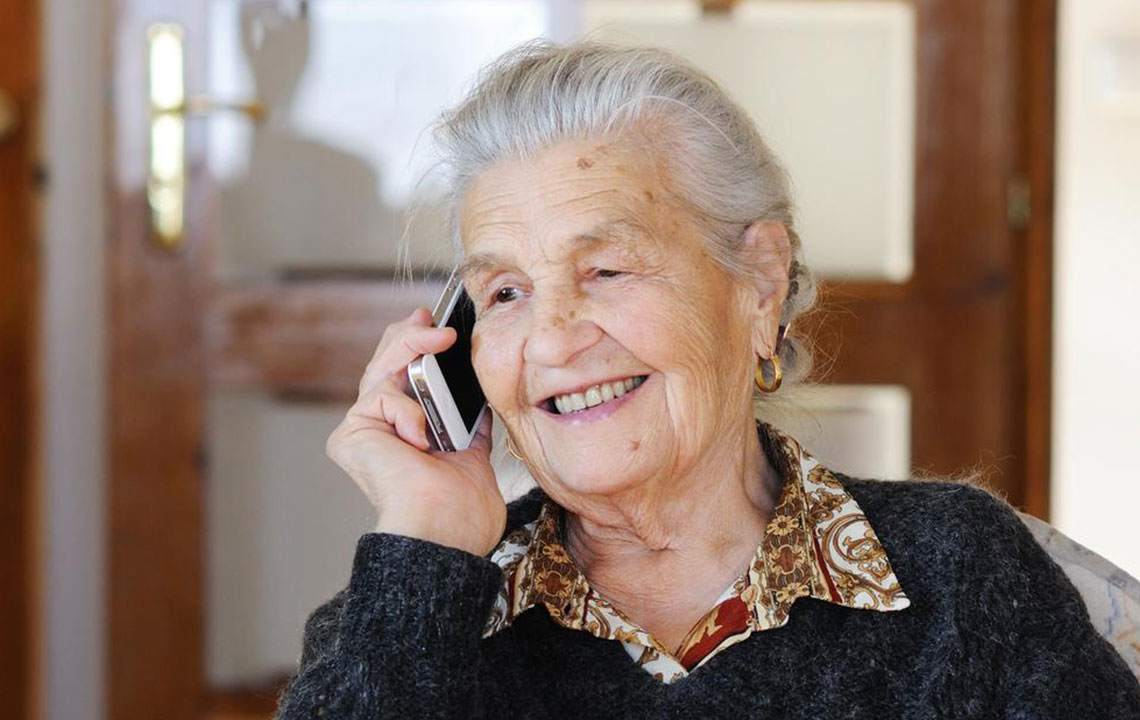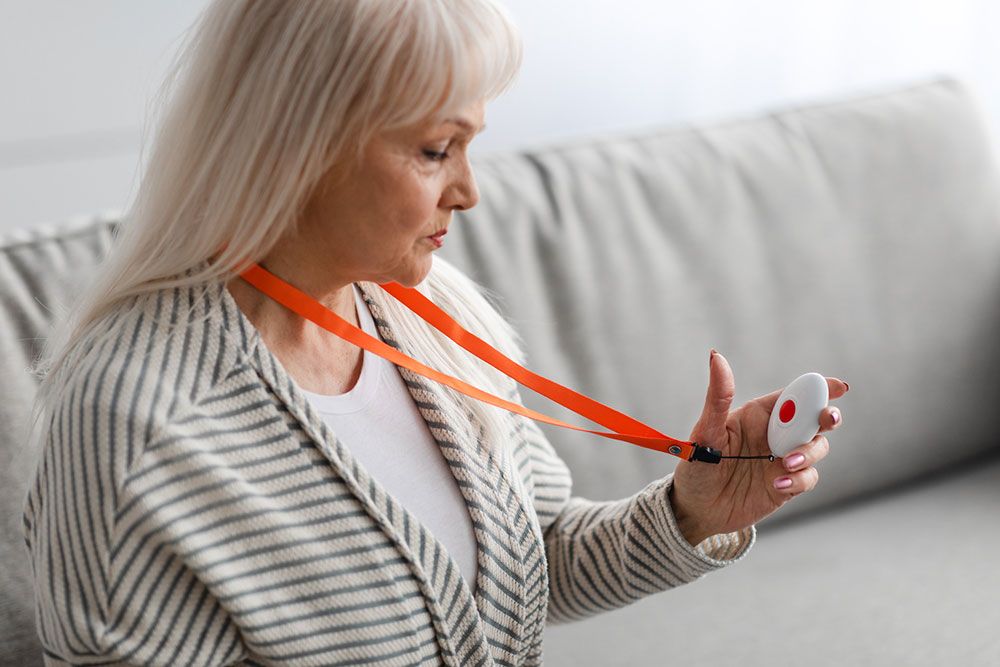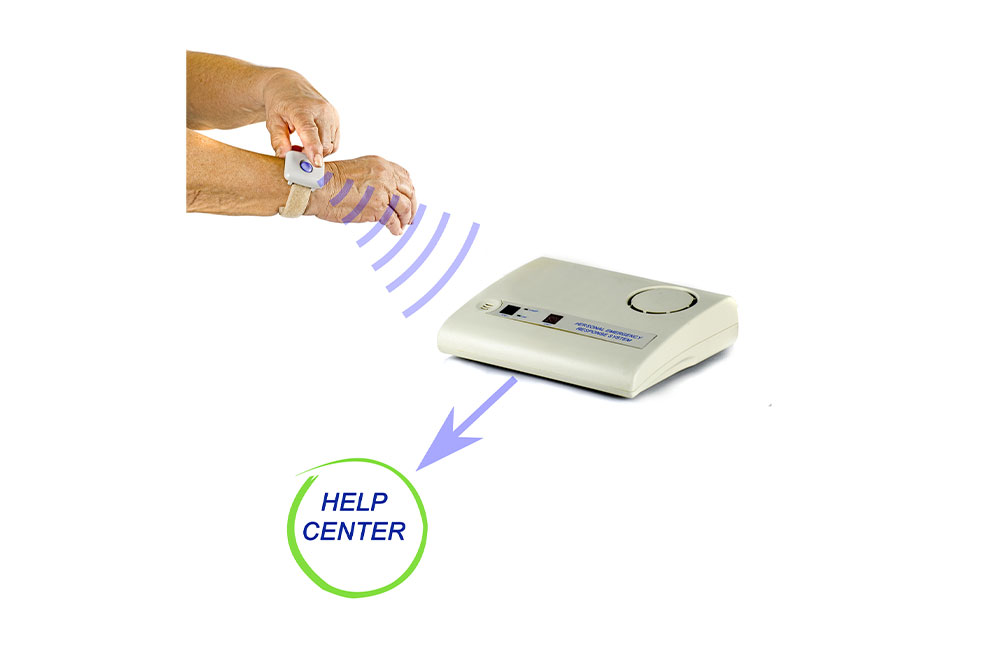Ultimate Guide to Safelink Phones for Seniors: Safety, Simplicity, and Support
Discover everything about Safelink phones for seniors, including eligibility, features, and benefits. Learn how to apply and enhance safety with simple, accessible devices designed to support independent living. This comprehensive guide will help seniors and caregivers understand the importance of affordable, user-friendly mobile phones in ensuring safety and connectivity for low-income seniors.

Ultimate Guide to Safelink Phones for Seniors: Safety, Simplicity, and Support
In today’s rapidly advancing technological world, mobile phones have become an essential part of daily life, serving as tools for communication, navigation, and emergency assistance. However, traditional smartphones can often be overwhelming for seniors due to their complex interfaces and numerous features. Recognizing this, many companies and government initiatives have developed specialized mobile devices tailored specifically for seniors, emphasizing ease of use, safety, and affordability. Among these is Safelink, a government-supported program designed to bridge the digital divide by providing free mobile phones and service to low-income seniors and individuals with disabilities.
This comprehensive guide aims to explore everything you need to know about Safelink phones for seniors, including their features, eligibility criteria, benefits, and how to apply. Whether you're a senior looking for a simple, reliable phone or a caregiver seeking resources for a loved one, understanding how Safelink works can help you make informed decisions about mobile communication and safety.
Understanding Safelink and Its Mission
Safelink is part of the Lifeline Assistance Program, a federal initiative established to make telecommunications services more accessible to low-income Americans. The program aims to reduce barriers for those who might otherwise be unable to afford reliable communication devices, especially seniors who often rely on phone contact during emergencies or for staying connected with loved ones.
As a government-supported initiative, Safelink provides eligible seniors with free mobile phones along with a monthly allotment of talk time, allowing them to maintain essential communication channels without financial burden. This program not only enhances safety but also promotes independence and social inclusion for seniors who might otherwise be isolated.
Features of Safelink Phones for Seniors
Safelink offers a range of cell phones specifically designed to meet the needs of elderly users. These devices are distinguished by their user-friendly features, which prioritize simplicity, safety, and accessibility. Here are some key characteristics of Safelink phones tailored for seniors:
Large, Backlit Buttons: Ensures easy navigation, especially for users with visual impairments or limited dexterity.
One-Touch Emergency Dialing: Simplifies the process of reaching emergency services or trusted contacts swiftly, providing peace of mind.
Speakerphone Capability: Facilitates hands-free conversations, useful for seniors with hearing difficulties or those who prefer to speak without holding the phone.
Minimal Interface: Reduces complexity by removing unnecessary apps and features, focusing solely on core communication functions.
Hearing Aid Compatibility: Ensures clear audio quality for users using hearing aids, improving overall accessibility.
Long Battery Life: Extends usage time, minimizing the need for frequent charging, especially important for seniors on the go.
These features not only make the phones easier to operate but also ensure they serve as reliable safety devices in emergencies.
Eligibility Criteria and Application Process
Not everyone qualifies for Safelink services; eligibility is based on specific income and participation in federally or state-funded assistance programs. Here’s what prospective applicants need to know:
Income Limits: Household income must be at or below 135% of the federal poverty guidelines. This threshold adjusts annually and varies by household size and location.
Qualifying Programs: Applicants must be enrolled in programs such as Supplemental Security Income (SSI), Temporary Assistance for Needy Families (TANF), Supplemental Nutrition Assistance Program (SNAP or food stamps), Medicaid, or public housing assistance.
Documentation Needed: Applicants are required to submit proof of income and enrollment in qualifying assistance programs, along with their Social Security number.
Applying for Safelink begins with an online or in-person application through approved providers. The process involves submitting necessary documentation to verify eligibility. Once approved, recipients receive a free device and monthly talk time allowance, making communication accessible and affordable.
Benefits of Using Safelink Phones for Seniors
Choosing a Safelink phone tailored for seniors offers numerous advantages that extend beyond basic communication:
Cost Savings: Free devices and service mean seniors can stay connected without adding financial strain.
Enhanced Safety: Features like emergency buttons and reliable network coverage ensure help is accessible when needed.
Improved Social Connectivity: Easy-to-use phones help seniors keep in touch with family, friends, and caregivers, reducing feelings of isolation.
Independence and Confidence: Simple interfaces empower seniors to manage their communication easily and confidently, fostering independence.
Community Integration: Access to mobile communication enhances participation in community activities and access to services.
Overall, Safelink phones serve as vital tools that support the safety, independence, and social well-being of seniors living in low-income situations.
Additional Considerations and Tips
For seniors and caregivers, there are a few additional tips to maximize the benefits of Safelink phones:
Regularly Check for Program Updates: The number of free minutes and features may change; stay informed by visiting the official Safelink website or contacting customer service.
Set Up Emergency Contacts: Pre-program important numbers into speed dial to ensure quick access during emergencies.
Keep the Phone Charged: Regular charging routines help prevent unnecessary inconvenience during critical moments.
Utilize Available Accessibility Features: Explore hearing aid compatibility, font size adjustments, and volume settings to enhance usability.
Seek Support if Needed: Family members or caregivers can assist with setup, understanding functions, and troubleshooting.
With awareness and proper setup, Safelink phones can become indispensable safety and communication tools for seniors, enriching their lives and providing peace of mind for loved ones.
Final Thoughts
Safelink’s initiative to provide affordable, easy-to-use phones to low-income seniors is a significant step towards bridging technology gaps and enhancing safety for vulnerable populations. By offering devices with tailored features and free service, Safelink ensures that seniors can enjoy the benefits of modern communication without the complexity or financial burden often associated with smartphones. For eligible seniors, applying for Safelink is relatively straightforward, and the benefits can be life-changing. Embracing such programs can foster independence, safety, and social participation, making a positive difference in seniors’ lives.





